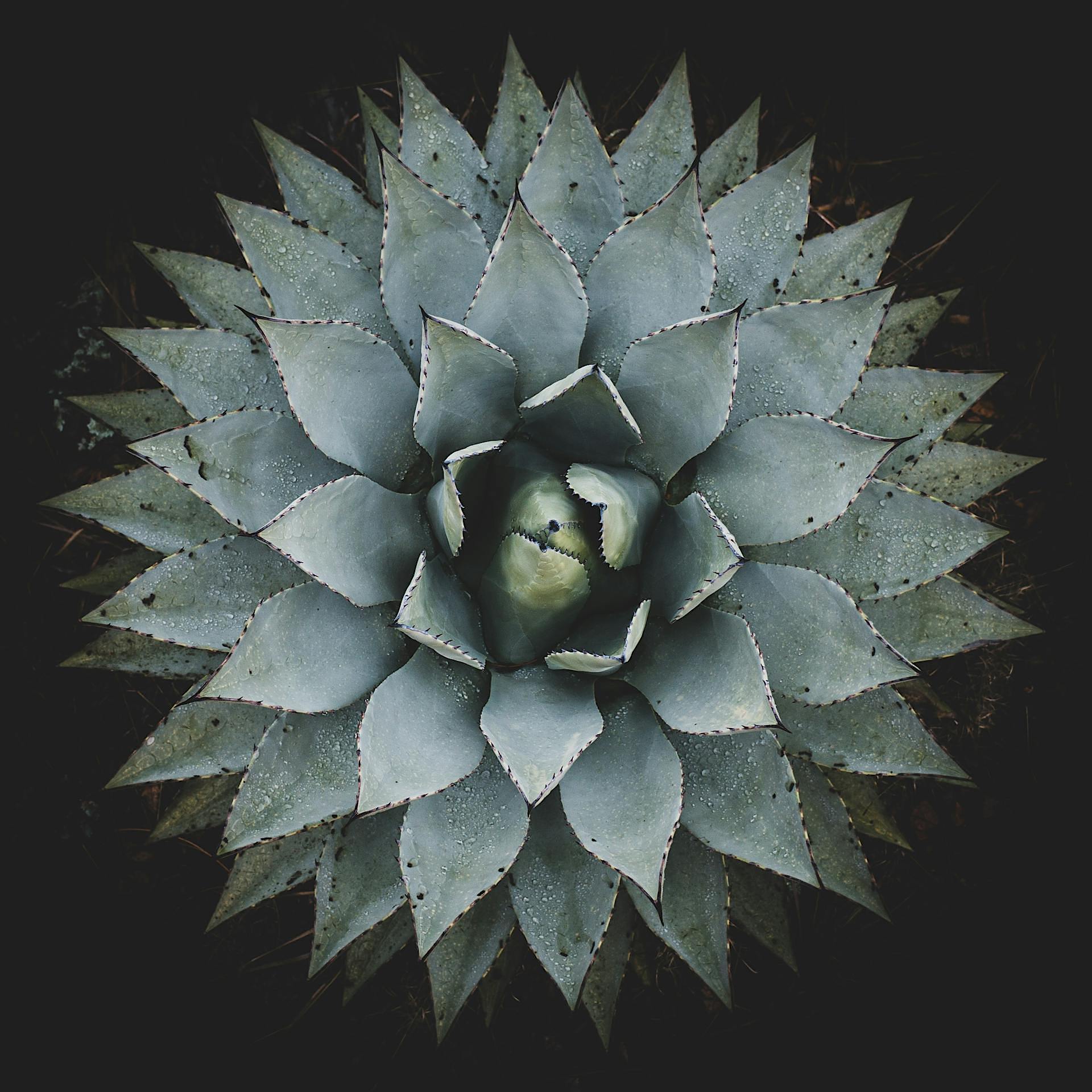Photography Is Dead: Why AI Images Are Already Better Than the Real Thing
One is AI, one is real—can you tell which?


Why This Debate Actually Matters
Back in 2018, an AI-made portrait sold at Christie’s for $432,500 and left much of the art world stunned. At the time, it felt like a gimmick. Now? It’s borderline quaint. Fast forward to 2025, and tools like Midjourney V7, DALL·E 3, and Stable Diffusion XL are cranking out ultra-detailed 8K images faster than your espresso machine can finish a brew. What was once fringe is now front and center in content production.
Marketers have jumped in headfirst. SurveyMonkey’s 2025 report on AI in Marketing shows that 88% of marketers are now leaning on AI daily—and of those, 88% use it specifically to whip up visuals or copy faster. When nearly every creative team’s working with machine-made images, this stops being a thought experiment. It becomes a real question: are AI images actually better than photos?
Image Quality: When Is “Good Enough” Actually Good?
Not long ago, you could spot an AI image from a mile away: twisted hands, weird eyes, unreadable text, and lighting that made no sense. But by 2025, most of that’s cleaned up. Midjourney’s V7 update in April introduced snappier object recognition and a “Draft Mode” for fast, low-res concept tests before pushing to high-res.
Reviewers rave about how sharp details are now—skin tones, hair strands, fabric textures often look better than a raw DSLR shot. Yet “flawless” doesn’t always mean “better.” Real cameras introduce quirkiness—lens flares, color fringing, natural blur—that feels alive. AI can mimic those, but it mimics predictably. Photographers capture them by chance and intuition.

- Lingering AI glitches: fused fingers, gibberish text, invented light sources in reflections.
- Photo magic: organic imperfections that register as “life.”
Time & Budget: Minutes or Days, Cents or Thousands
Imagine you’re a small candle brand planning a Mediterranean-style shoot. Old-school means flights, permits, crew, props—and a bill easily into the thousands. Stock photos can run $28–$150 per image, and a decent photographer charges $1,000–$5,000 per day.
Or… you write a prompt: “hand-poured soy candle on sun-washed limestone balcony, golden dusk, soft bokeh.” Tweak a few words, upscale your favorite, done. Cost: a $30–$60 AI subscription and a few minutes.
Creative Control: Finally Seeing What You Imagined
Stock libraries are great—until they aren’t. You search “happy freelancer,” and every shot looks staged. With AI, if the first render misses the mark, you adjust the prompt. “Dusk lighting, shallow focus, Nikon lens look”—and soon you’ve got exactly what you pictured.
This goes beyond convenience. You can conjure a red panda sipping coffee in 1920s Shanghai or batch-generate seasonal campaign backgrounds overnight. Critics warn of homogenized aesthetics, but at least now you’re creating, not just choosing.
Ethics & Legal Gray Zones
Copyright & Training Data
Most AI models train on scraped web images—some licensed, some not. Artists are suing platforms over unlicensed use. The legal landscape is unsettled. Big brands may wait for clearer rules; small creators often roll the dice.
Disclosure & Trust
EU regulators and a few U.S. states are drafting rules to label AI-generated political or health visuals. For everyday marketing, disclosure is less clear. Studies show transparency rarely hurts—and can even boost brand perception by framing AI as innovation.
Job Loss Worries
Automation pressure is real: The latest CMI “Enterprise Content Marketing” survey shows 37% of enterprise teams invest in AI for content creation and 39% for optimization. That squeezes traditional creatives. History suggests tech reshapes jobs rather than eliminates them—photographers become art-directors for AI, curating prompt libraries or offering “real human” shoots as premium services.
Where AI Wins, No Contest
- Content at scale: blogs, social, presentations—fresh visuals in seconds.
- Concept art & prototyping: games, architecture, products.
- Fantasy & abstract scenes: dragons, dreamscapes, impossible worlds.
- Background filler: patterns, gradients, hero images on-brand in minutes.
- Personalization: unique banners per user segment, all from one prompt.
Where Photos Still Reign
- News & documentary: truth matters—AI’s out of bounds.
- Portraits & events: real emotions, real moments.
- Luxury & premium ads: buyers want proof of real craftsmanship.
- Legal & medical records: chain-of-custody requires real files.
- Fine art prints: scarcity and provenance drive value.
What’s Coming Next (2025–2030)
- 16K outputs: cinema-quality prints without upscaling.
- Text-to-video: seamless 60-second clips by 2027.
- Standardized labels: metadata “nutrition facts” for every image.
- Smart cameras: live background replacement, traveler erasure, on-device AI.
- New roles: “promptographer” on agency cards, AI ethics in college syllabi.
Not a Replacement, But a Powerful Tool
So, are AI images better? For many marketing use cases—cheaper, faster, endlessly tweakable, and increasingly realistic—the answer is yes. They level the playing field for small brands and solo creators.
But “better” depends on what you value. No AI captures the dusty sunrise haze, that candid laugh, or the tear in a protester’s eye. Those moments come from lived experience, not algorithmic training.
Savvy creatives will blend both: use AI when imagination leads, and pick up the camera when authenticity matters most. The real question isn’t “AI vs. photos,” it’s “how can we use both to tell better stories?”
Where to find free images!
Download our totally free ai generated images to get only the best for your next project at stoxo.io.
Comments